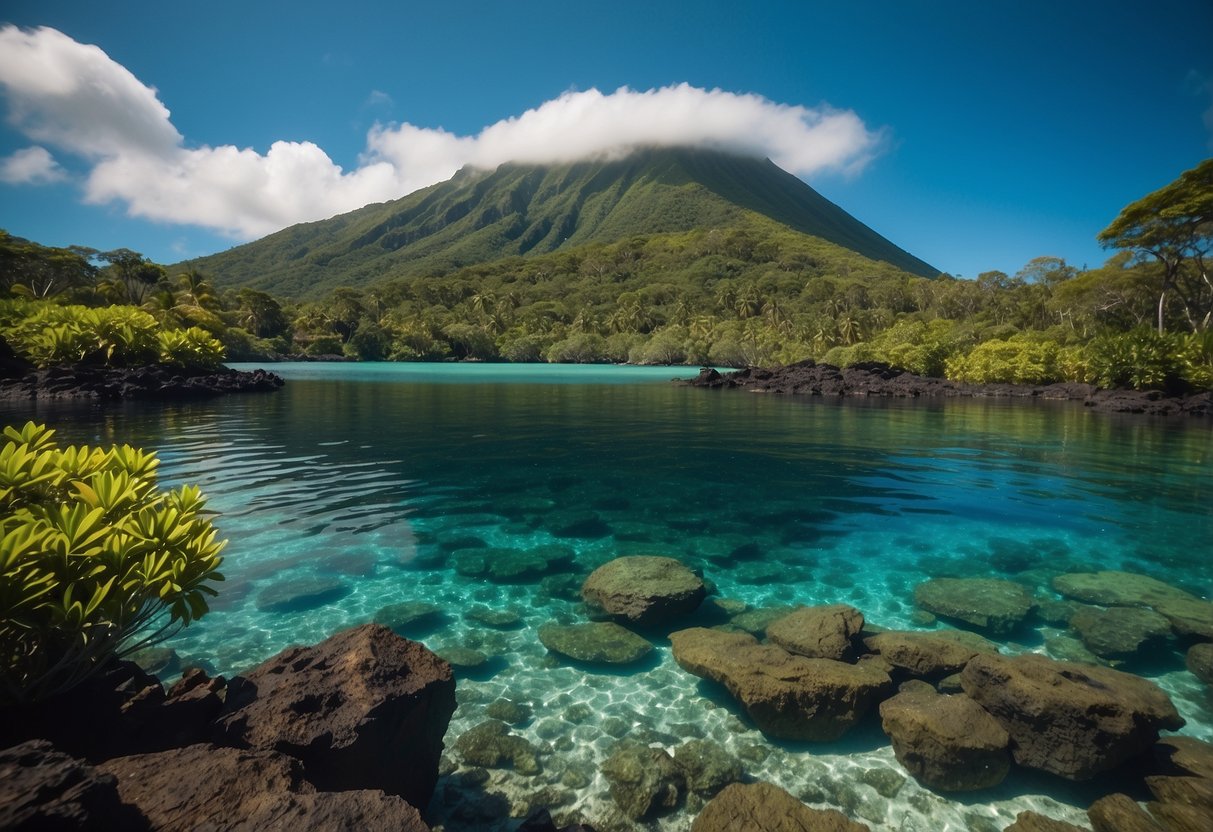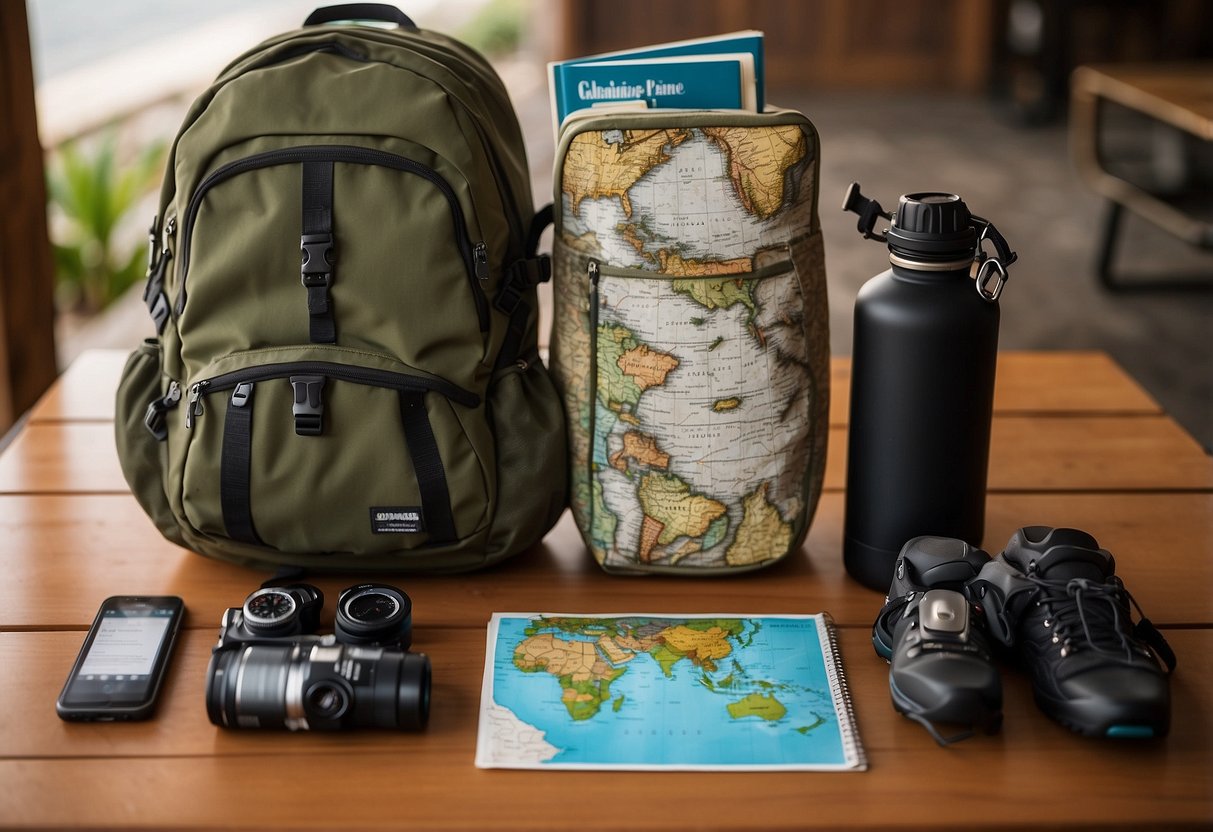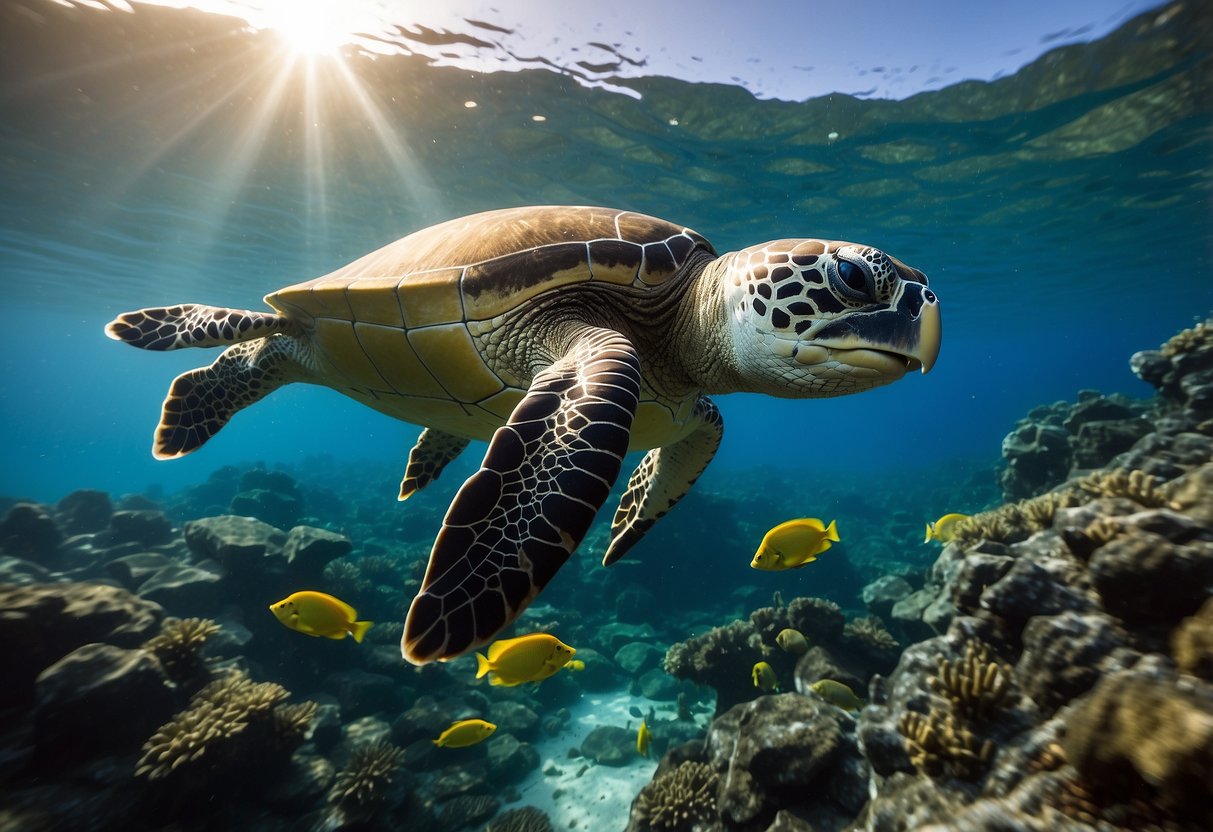
The Galápagos Islands are a dream destination for adventure travelers, offering unique experiences that can’t be found anywhere else on Earth. Nestled off the coast of Ecuador in South America, this archipelago is renowned for its stunning biodiversity and untouched natural beauty. Crystal-clear waters, active volcanoes, and diverse wildlife await those seeking both relaxation and excitement.
Adventure travelers will find no shortage of activities in the Galápagos Islands. From snorkeling with sea turtles to hiking through volcanic landscapes, the islands provide countless opportunities for exploration and discovery. Each island within the archipelago has its own distinct attractions, ensuring a varied and enriching experience for visitors.
Beyond the adventurous pursuits, the Galápagos Islands also offer historical and educational value. The islands played a crucial role in Charles Darwin’s theory of evolution, providing a backdrop for significant scientific observations. For those interested in a deeper understanding of natural history, the Galápagos serve as a living museum of the wonders of evolution.
Preparing for Your Journey

Before embarking on an adventure to the Galápagos Islands, consider key logistical details, packing essentials, and the island climate to ensure a seamless trip.
Essential Travel Information
Travelers typically reach the Galápagos via flights from Quito or Guayaquil in Ecuador. Main entry points are Baltra Airport (also known as Seymour Airport) and San Cristobal Airport. Flights often require a Transit Control Card, obtained at airports in Quito or Guayaquil.
A fee of $20 is paid for this card. Be prepared for additional entrance fees upon arrival. Both Baltra and San Cristobal charge $100 for adult visitors and $50 for children.
Booking flights early is recommended, especially during peak seasons. Direct international flights to Quito or Guayaquil are plentiful, making access straightforward.
What to Pack
Travelers should pack light but ensure essential items are included. Comfortable walking shoes are necessary for exploring rugged terrain. A lightweight raincoat is advisable, particularly during the wet season. Quick-dry clothing is beneficial due to frequent water activities.
Snorkeling gear can be rented locally, but some prefer bringing their own. Sunscreen, hats, and sunglasses are crucial to protect against the strong equatorial sun.
A reusable water bottle is recommended to stay hydrated. Additionally, pack any necessary medication since medical facilities can be scarce on smaller islands.
Understanding the Climate
The Galápagos climate is generally temperate, with distinct wet and dry seasons. From December to May, expect warm weather with occasional rain; temperatures hover around 25-28°C. From June to November, the dry season brings cooler temperatures and rougher seas.
Humboldt and Cromwell currents significantly influence the weather and marine life. The wet season is prime for water activities like snorkeling and diving due to warmer ocean temperatures.
Ensure clothing choices are adaptable; layering is practical. The islands’ climate necessitates readiness for sudden weather changes, making packing both warm-weather and rain gear essential.
Discovering the Galápagos National Park

The Galápagos National Park is a treasure trove of natural wonders and an important hub for conservation efforts. Exploring this unique ecosystem provides insights into its history of preservation and the visitor experience in its protected areas.
History of Conservation
Established in 1959, the Galápagos National Park has a rich history rooted in conservation. The park protects 97% of the Galápagos Islands’ land area. Early efforts were driven by the need to preserve the unique species that Charles Darwin studied.
Collaboration between the Ecuadorian government and international organizations, notably the Charles Darwin Research Station, has been pivotal. The research station, founded in 1964, focuses on scientific research and education. Successful projects include the breeding programs for the giant tortoises, crucial to their survival.
Local communities play a role in conservation through eco-friendly practices. The park’s management has faced challenges like invasive species and increasing tourism, but continued dedication ensures its ecological integrity.